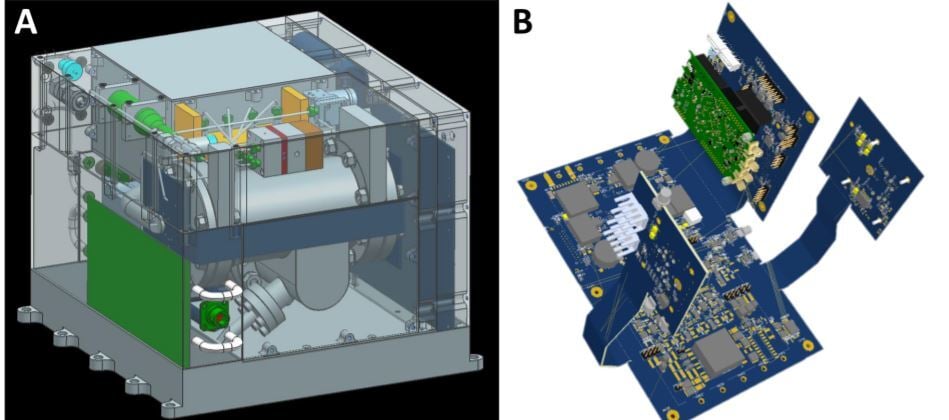Real-Time Atmospheric Monitoring in Space: NASA's FPGA-Based Approach
What's inside this document—and how can it improve your aerospace projects?
This whitepaper provides a detailed analysis of NASA’s FPGA-based atmospheric monitoring system aboard the ISS. It illustrates how the integration of compact instrumentation, real-time data processing, and autonomous wireless control can significantly reduce mass, simplify onboard procedures, and deliver highly reliable results. By applying these methods, aerospace engineers can achieve greater efficiency, enhanced reliability, and streamlined development timelines in their own mission-critical applications.


Who will find this whitepaper most valuable?
These insights are particularly relevant for aerospace and avionics engineers, technical project leads, instrumentation specialists, and R&D professionals involved in spacecraft development, atmospheric monitoring, avionics testing, or FPGA-based embedded system design. The paper provides practical guidance, technical specifications, and real-world examples directly applicable to challenges encountered in modern aerospace engineering projects.
Technical Highlights and Insights:
- Implementation of FPGA-driven gas chromatography mass spectrometry (GCMS).
- Methods for autonomous real-time wireless data acquisition and analysis.
- Case study demonstrating system robustness aboard the International Space Station (ISS).
- Technical details on achieving high performance within strict space and power constraints.


